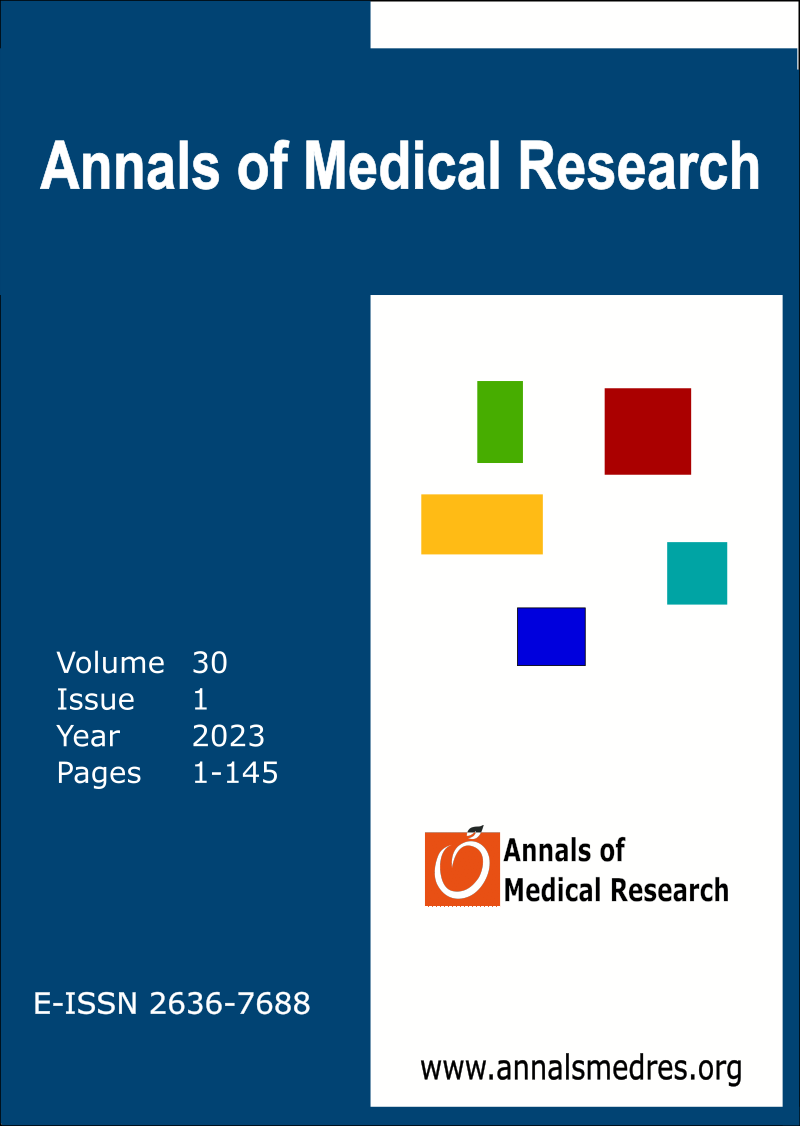Artificial cystitis model: The response of Sprague-Dawley rats’ bladder to surfactant instillation
Keywords:
Artificial cystitis, Surfactant, Bladder, Sprague-DawleyAbstract
Aim: Chemical cystitis is a disease that causes mortality and morbidity. Its treatment is really difficult. We aimed to present a low-cost, successful, easy-to-access, and easily applicable treatment option for the treatment of this disease.
Materials and Methods: Sixteen Sprague-Dawley rats were divided into 4 groups. 1 group is a sham group, 2’nd is saline, 3’rd surfactant before chemical cystitis, and 4’th group is surfactant after chemical cystitis. On the 4th day, all groups are sacrificed and their bladders are sent for histochemical examination. The pathological data of the subjects were evaluated according to the levels of hemorrhage, edema, inflammation, and congestion. Data were evaluated by scoring between 0-2. 0 none, 1 Moderate, and 2 highly present.
Results: There was no statistically significant difference found between the groups in terms of all parameters (p=0.111). The difference was not found statistically significant in the pairwise comparison of the groups (p>0.05).
Conclusion: Surfactant had no preventive or therapeutic effect on the chemical cystitis developed in mice. The simple saline application seems to be more effective.
Downloads
Published
Issue
Section
License
Copyright (c) 2022 The author(s)

This work is licensed under a Creative Commons Attribution-NonCommercial-NoDerivatives 4.0 International License.
CC Attribution-NonCommercial-NoDerivatives 4.0






